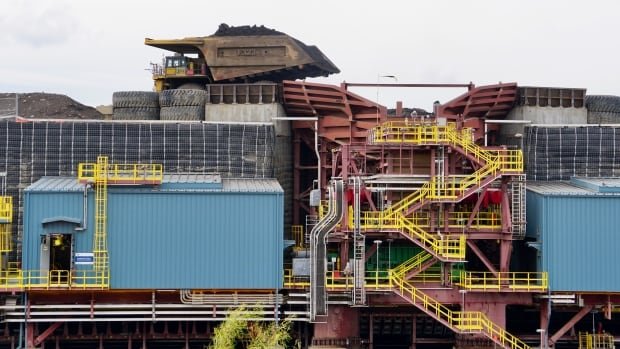Total greenhouse gas emissions from Alberta’s oilsands have remained relatively flat for the last few years but could climb again in 2024 as the industry ratchets up oil production, according to a new report released Thursday.
Since 2019, overall emissions have increased marginally in the oilsands industry by about one per cent annually, compared to much larger increases of about five per cent annually in the preceding decade, according to S&P Global Commodity Insights.
The industry is becoming more efficient and creating less pollution for every barrel of oil that is produced, said Kevin Birn, S&P’s chief analyst covering Canadian oil markets and global head for the organization’s Centre for Emissions Excellence.
However, as oilsands companies increase total oil output, overall emissions will climb, too.
In 2024, overall Canadian oil production growth is among the highest of any country in the world. As a result, S&P is forecasting total oilsands emissions in Alberta to increase by about five per cent.

“Anticipated production additions are expected to outstrip intensity reductions in the near term, and that means that greater decarbonization efforts from the sector will likely be required to meet the proposed federal oil and gas emissions limit by 2030,” said Birn in a news release.
“Bringing sufficient carbon and storage capacity online in just a few short years will be a challenge. However, the slower pace of emissions additions could make the proposed 2030 emissions limit more achievable,” he said.
The major oilsands companies are aiming for a 32 per cent reduction from 2019 emissions levels by 2030 — but that is only possible if their proposed Pathways carbon capture and storage project goes forward on time. The companies are still in talks with the federal government about financial incentives from Ottawa.
Strathcona Resources, an oilsands operator not involved in the Pathways consortium, recently struck a deal with the federal government’s Canada Growth Fund to build carbon capture and storage facilities at Strathcona’s oilsands facilities in Saskatchewan and Alberta.
S&P is forecasting total oilsands emissions to peak over the next few years before declining. Birn said that will be determined by many factors, including the amount of production growth and industry investments to reduce emissions.
Earlier this week, the federal government released draft regulations for its long-awaited cap on the oil and gas sector’s emissions.
The regulations would apply to many parts of the industry, including refineries. The policy aims to cut emissions in the sector by 35 per cent below 2019 levels by 2030.

Leave a Reply